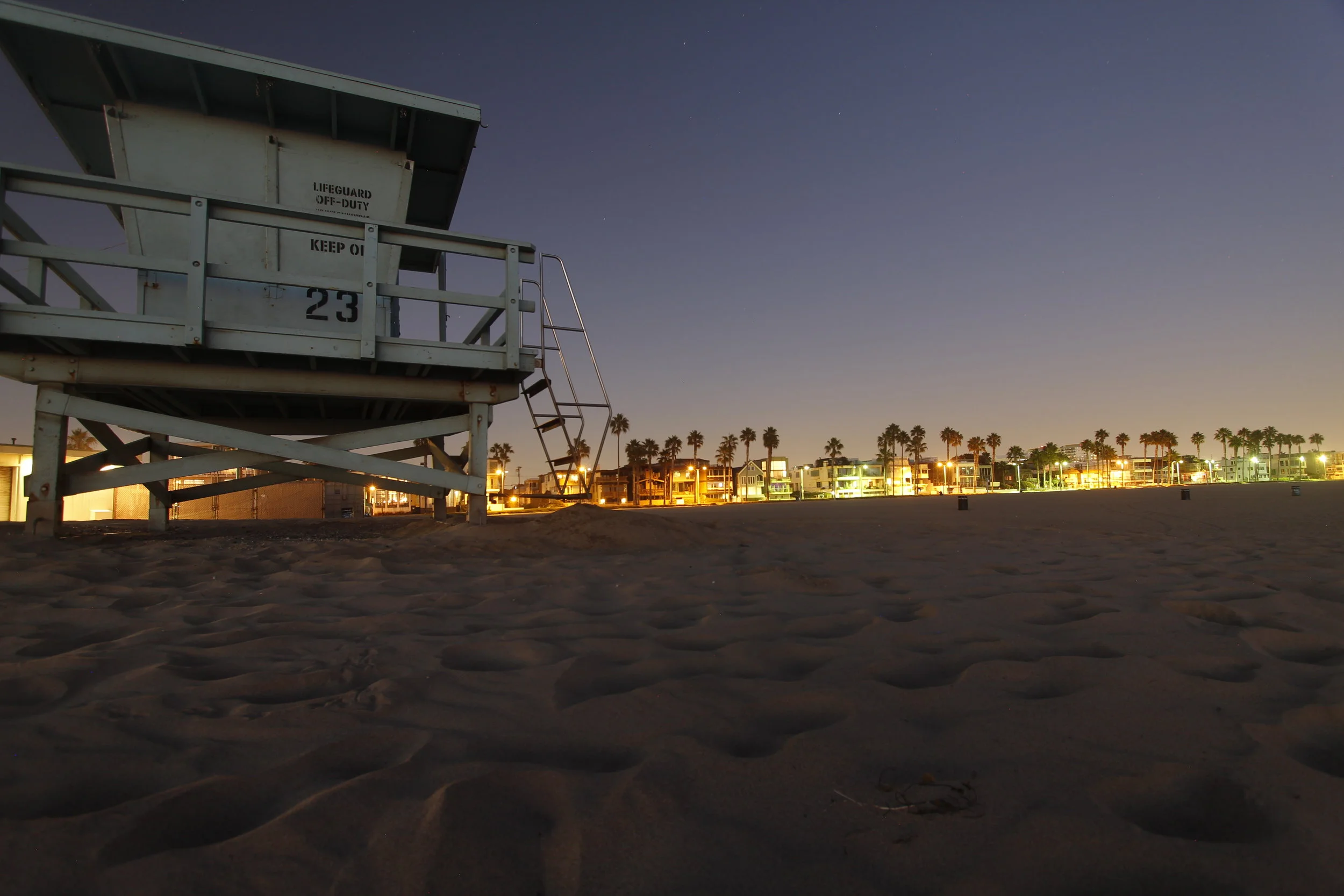Today we are going to take the term "Safety School" and put it through the shredder. Reasonable minds can probably disagree on what the term should mean, but what I want to do is explain why I personally do not believe that "Safety School" should be part of an MBA applicant's lexicon.
“Put the right list of schools together and then attack that list in a way that gives you the best chance at results - so that you don’t have to resort to applying to sure bets.”
First, the term is used incorrectly about 90% of the time.
When applicants say "safety school," what they often mean is "a school that is really good but that hopefully I have a better chance to get into." If you are using the term this way, just as a shorthand, that is fine but make sure that it's clarified with anyone you are working with, such as your consultant. The real use for "safety school" should probably translate more or less to "a sure bet." With college applicants - due to the pressure to be enrolled on an exact timeline (following high school graduation, of course) - a "safety school" is a very real thing; you simply have to pick some programs that you are sure to get into. Often this means a program from that student's home state, sometimes with sheer numerical thresholds (lacking holistic admissions processes). If you go to school in California and have a certain matrix of GPA and test scores, you can feel "safe" about getting into certain Cal-State programs. That's a safety school. Ross and Duke Fuqua are not safety schools. Now, what if you are using the term in the right way?
Second, if the term *is* being used correctly, it means you should not apply to that school.
Look, getting an MBA is not going to college. The ROI is only really there if going to this school elevates your path and builds your credentials. If you attend a school that you were sure to get into all along, there's no way that program is taking you to new heights. It's paradoxical to approach it that way. Now, there might be the minute possibility that an elite applicant would uniquely benefit from a low-ranked regional school, thus creating the rare situation where a school is both completely safe and also appropriate to attend, but we're talking once in a blue moon here. The reality is that the schools you want to attend are not going to be sure bets and, alternativelythe sure bets are not going to be schools you want to attend.
Third, the use of the term creates an attitude that permeates the application and impacts results.
Guess who is always the very first to figure out when you view a school as a "safety school"? The person reading your file! If you view UCLA or Darden as a safety school, they are going to figure that out in about five seconds. And if you are a great applicant - an amazing applicant, even - and they feel like they are your fifth choice, you probably won't get in there. It is absolutely not uncommon for people to get "weird" admissions decisions or results that "don't make sense." They feel this way because they get into Wharton and dinged at Yale. Or they get into MIT and denied at Haas. Or in at Columbia and waitlisted at Duke. How can this happen? That's a refrain we hear all the time. Well, it can happen because all of these schools are elite, they are all looking for different things, and - most of all - they are going to engage in a certain amount of yield protection. Ever wonder how some of these programs have yield rates (the number of admits who ultimately enroll) up around 60 or 70 percent? It's not because the campus is so breathtaking that nobody can ever say no - it's because admissions officers are good at sussing out who is more likely to actually attend. "Will this person actually enroll?" is often a tie breaking question in admissions committee and its an omnipresent consideration for readers as they go through files. The point of all this is that if you treat a school like it's a "safety," your essays will almost certainly reflect that attitude, and that might ultimately lead to you squandering the very strong mathematical odds you were banking on in the first place.
What we encourage instead of putting "safety schools" on your list is to instead use a two-step approach for creating a strategic list of schools:
1. Seek safety in numbers, not schools.
Rather than trying to find sure bets, simply make sure you have plenty of bets on the board. You have multiple rounds to work with and many schools are shrinking their essays, so applying to five schools should be well within reach for each candidate. Make sure to have a list 5-6 schools deep, so that you can diversify your bets and give yourself more chances. If you are qualified, you structure your essays correctly, and you hit the DNA of all five schools (this is of paramount importance), the chances that you will go 0-for-5 are low, even if you pick five schools that you actually want to attend (imagine that!). Those odds will be better still if you...
2. Run a selectivity filter over your entire list.
There are a lot of fantastic business schools, both in the U.S. and abroad. Our advice to clients is to use the whole of that list to balance out your own mix of schools in a way that features some varying levels of selectivity. How hard a school is to get into should not govern your choices completely, of course, but it's a good thing to lay over the top. We say: pick 10 you would love to attend, then pull your 5-6 based on tiers of difficulty. You will be surprised when you sort things by selectivity that you get surprising results. NYU is much harder to get into than Booth, for instance (they have the same number of apps each year, but Booth has almost 200 more students in the class), so while Booth makes a great 4th or 5th choice on an elite candidate's list, NYU does not (even though Booth is "better" by almost every measure). Haas is very small and in a very popular location, so is therefore very, *very* selective - it is not an ideal program to "toss onto the list" at #5 or #6 just because it is ranked below the first four schools on your wish list. And it goes without saying that a list with only HBS, Stanford, Wharton, and MIT is basically setting the highest degree of difficulty possible. It might still be someone's list, but it's sure not very "safe."
In the end, you want to approach all of this with a word we keep using in so many posts - respect. Be respectful of all these schools and know they have pride and passion for their programs, such that they won't respond to you if you believe you are too good for them or somehow a slam dunk for their school. It's going to bleed through your essays and they will ding you just as readily as Stanford or HBS. So take the time to find five or six schools you really want to attend and that offer varying chances of success and then throw yourself into pursing each one of them with gusto. You will appreciate each one more, they will certainly appreciate you far more, and, in the end, you will ultimately have only choices you actually want. And that's the entire goal in the first place.
If you are prepared to not say the words "safety school" on a free initial consult, we want to chat with you! :) Email us at mba@amerasiaconsulting.com and we can get you started with a comprehensive package that puts the right list of schools together and then attacks that list in a way that gives you the best chance at results - so that you don't have to resort to applying to sure bets.


